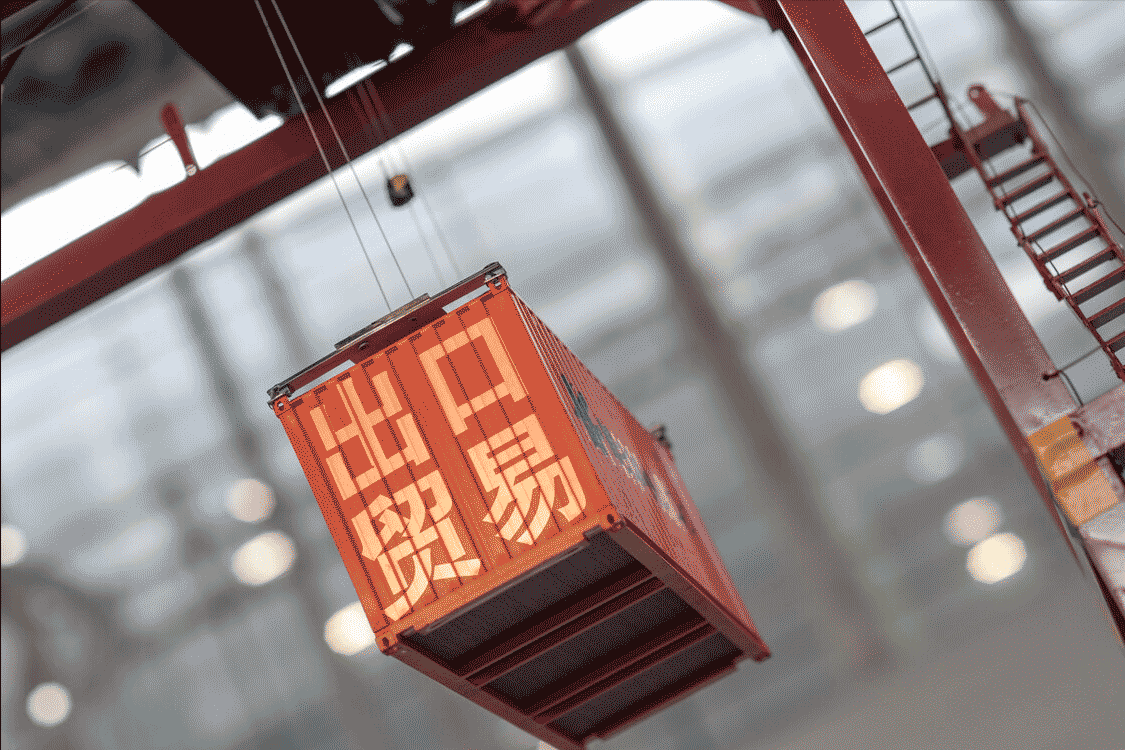
一、醫療機器What essential qualifications are required for export?
According to the latest 2025 international trade regulations, medical device exports must comply withTriple certification system:
- Manufacturer Qualification: ISO 13485 quality system certification, product registration certificates (e.g., China NMPA, U.S. FDA 510(k))
- Qualifications for Trading Enterprises: Medical Device Business License, Import and Export Rights Registration
- Market Access in the Target Country: EU CE MDR certification, US FDA registration, Japan PMDA certification, etc.
II. How to Choose a Reliable輸出代理店Service provider?
It is recommended to start fromsix dimensionsAssessing the service provider's level of professionalism:
- Industry Experience: Has completed at least 20 export cases for Class II or higher medical devices.
- Fully Qualified: Holds AEO Advanced Customs Certification and Medical Device GSP Certification
- Service Network: Has customs clearance partners in key markets such as Europe, the United States, and Japan
- Compliance Capability: Equipped with dedicated regulatory specialists who are well-versed in the latest MDR/FDA updates.
- Risk Management: Provides supporting solutions such as product liability insurance and transportation insurance
- Case Verification: Provide export customs clearance certificates for products of the same category
3. What are the stages included in the standard process for exporting medical devices?
Professional agency services should include9-Step Full-Process Management:
- Product Classification Determination (Class I/II/III)
- Regulatory Compliance Assessment for the Target Market
- Technical Documentation Compilation (including Clinical Evaluation Report)
- Overseas Registration Filing
- Import and Export License Application
- Special Packaging / Cold-Chain Solution Design
- Customs Classification and Declaration
- Destination port customs clearance coordination
- After-sales Quality Tracking (UDI Traceability Management)
4. What are the key differences in medical device registration requirements across countries?
- EU market: The MDR transition period ends in 2025, and all Class IIa and higher devices must undergo Notified Body review.
- アメリカ市場: The average review times for 510(k)/PMA submissions are 132 days and 280 days, respectively (FDA 2024 Annual Report)
- Southeast Asian market: The ASEAN Medical Device Directive (AMDD) requires a local authorized representative
- African market: 32 out of 54 countries require WHO prequalification
V. How is the quality of after-sales service for medical devices ensured?
Professional agents should establishThree-tier after-sales service management system:
- Quality Traceability: Achieve tracking of the smallest sales unit through the UDI system
- Adverse Event Report: Complete the on-site safety report required by MDR regulations within 72 hours
- Regular Maintenance: Provide preventive maintenance records as required by PMDA/FDA
- Recall Management: Establish a 48-hour emergency response mechanism
VI. How to Control the Risks of Medical Device Exports?
It is recommended to adoptRisk Matrix ManagementStrategy:
- Legal risk: The contract clearly defines the ownership of intellectual property and the primary responsibility for registration.
- Logistics risk: Mandatory full-journey cargo insurance for Class III devices (coverage no less than 200% of the goods' value)
- Payment risk: We recommend using the LC payment method in conjunction with export credit insurance.
- Compliance risk: Update the target-country regulatory database quarterly and conduct gap analyses.


 カスタマーサービスWeChatをフォローしてください
カスタマーサービスWeChatをフォローしてください